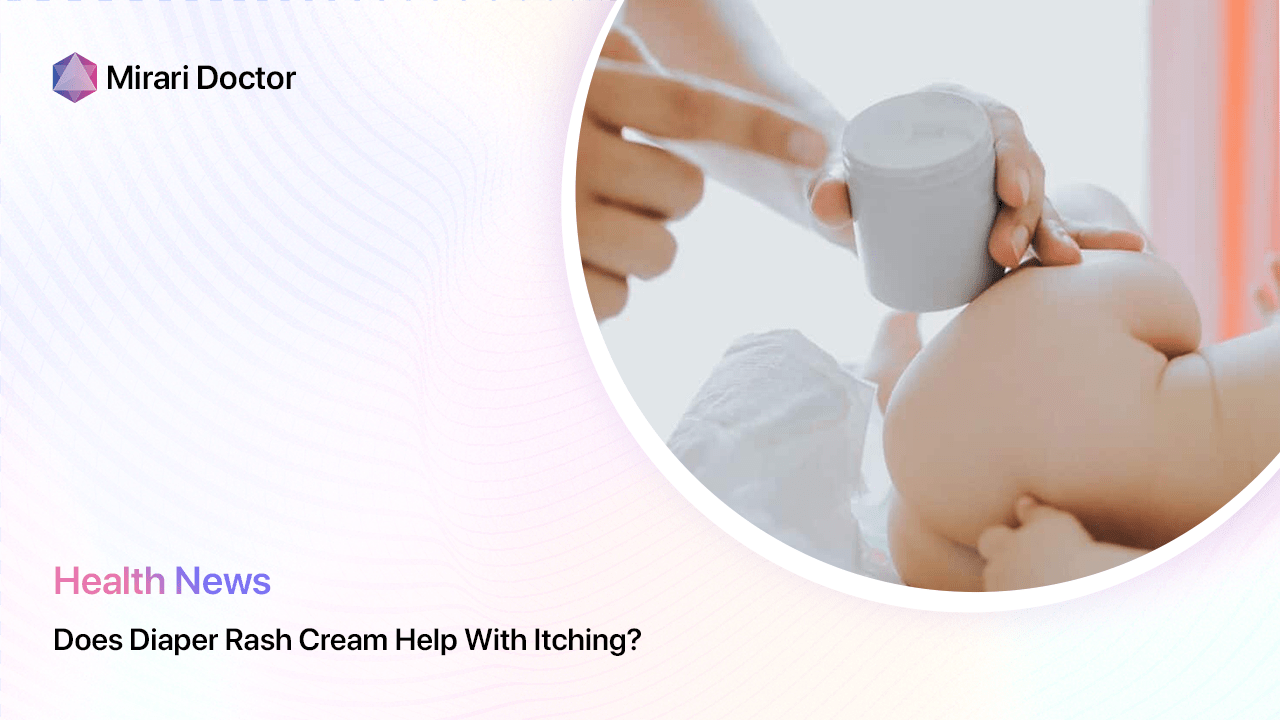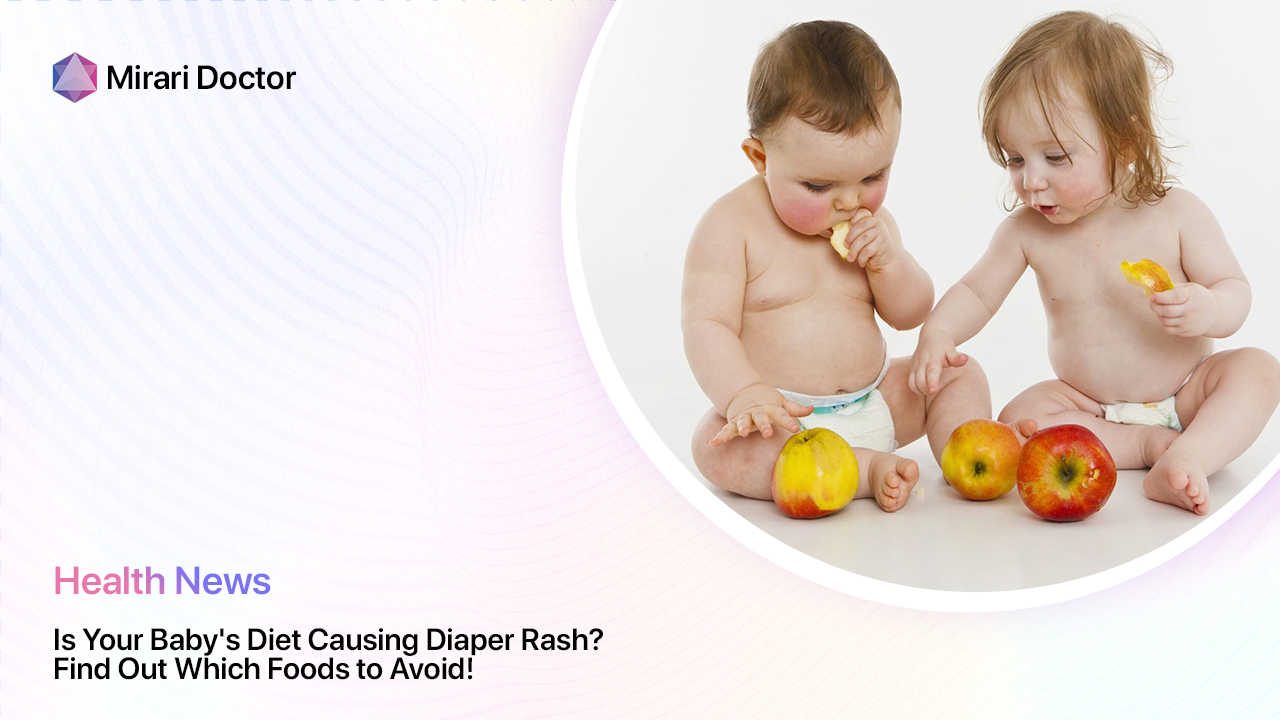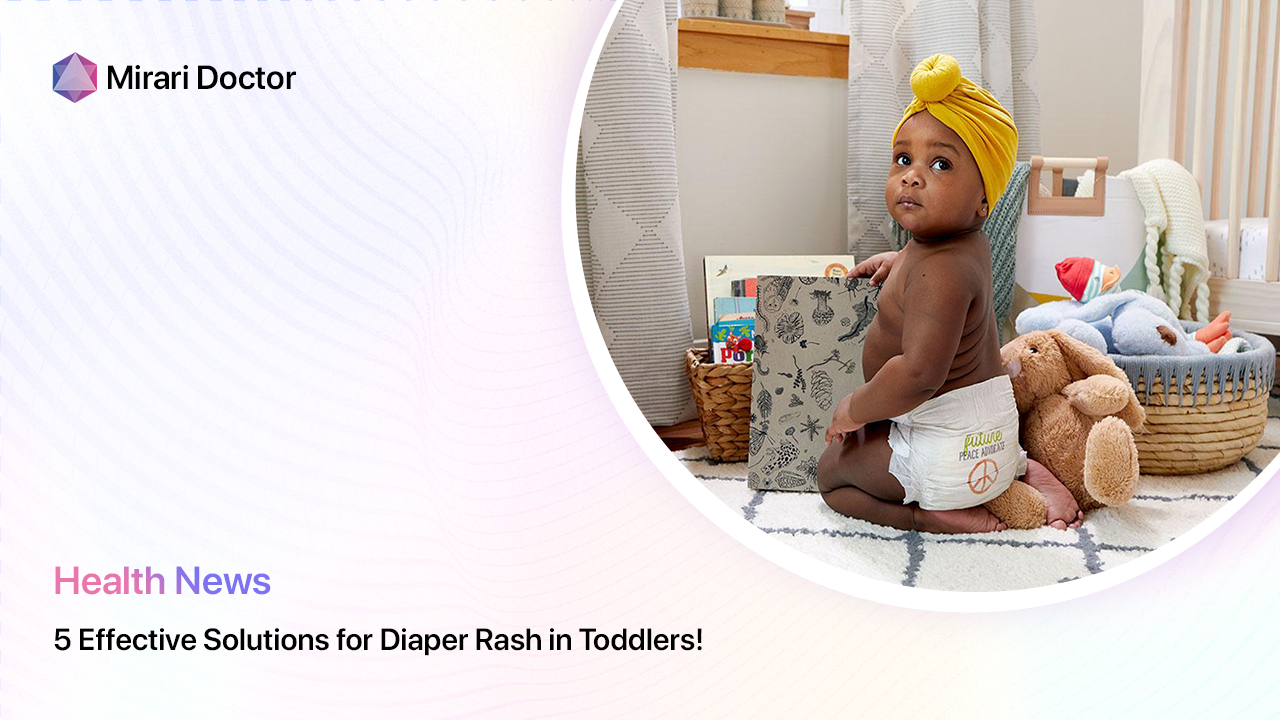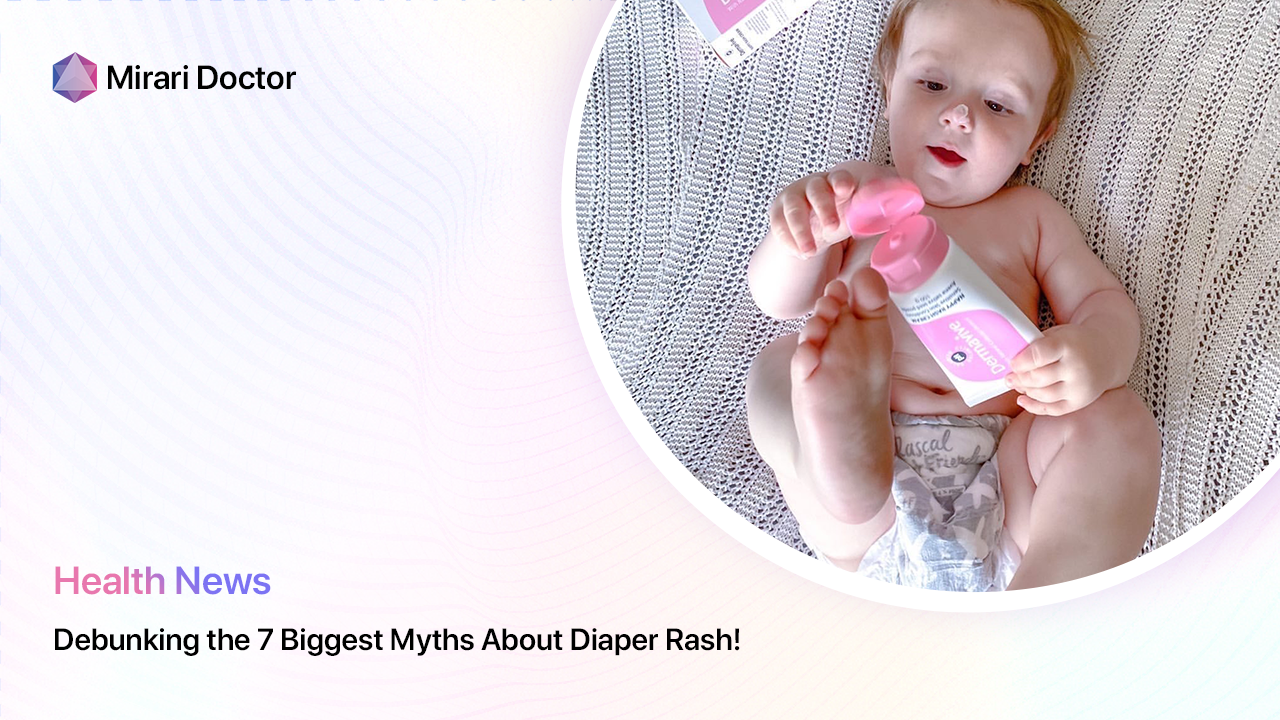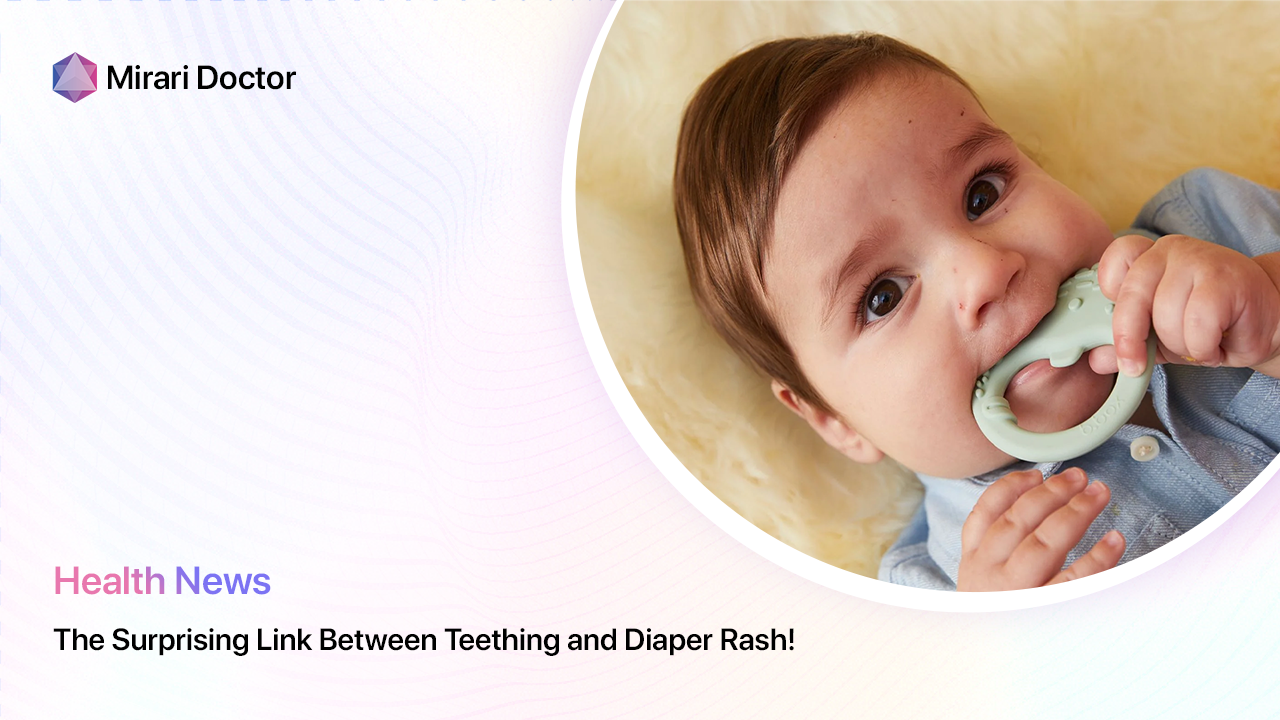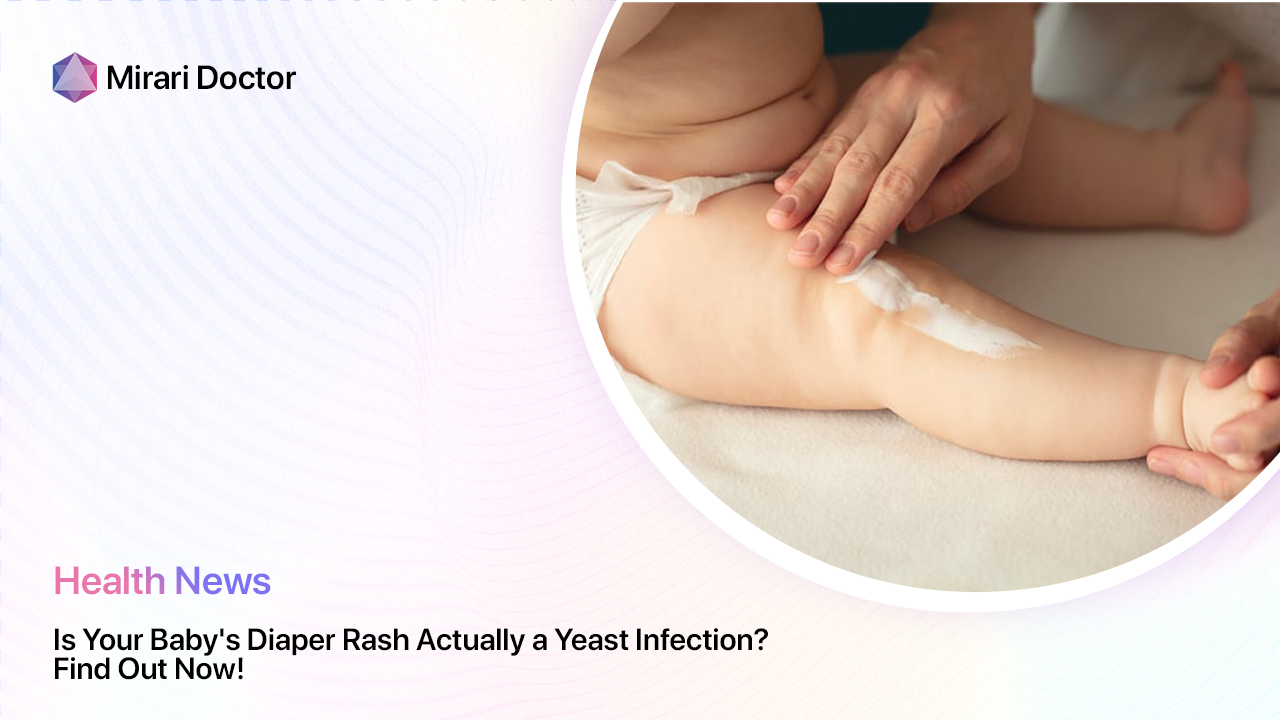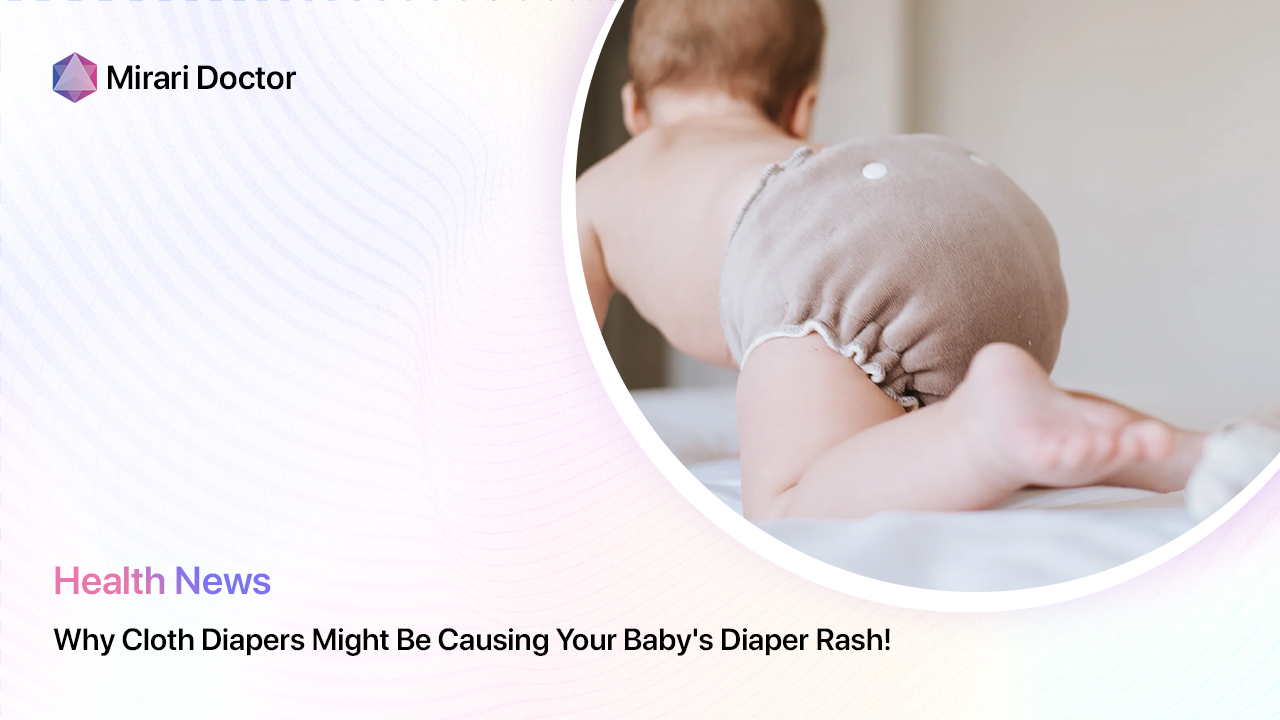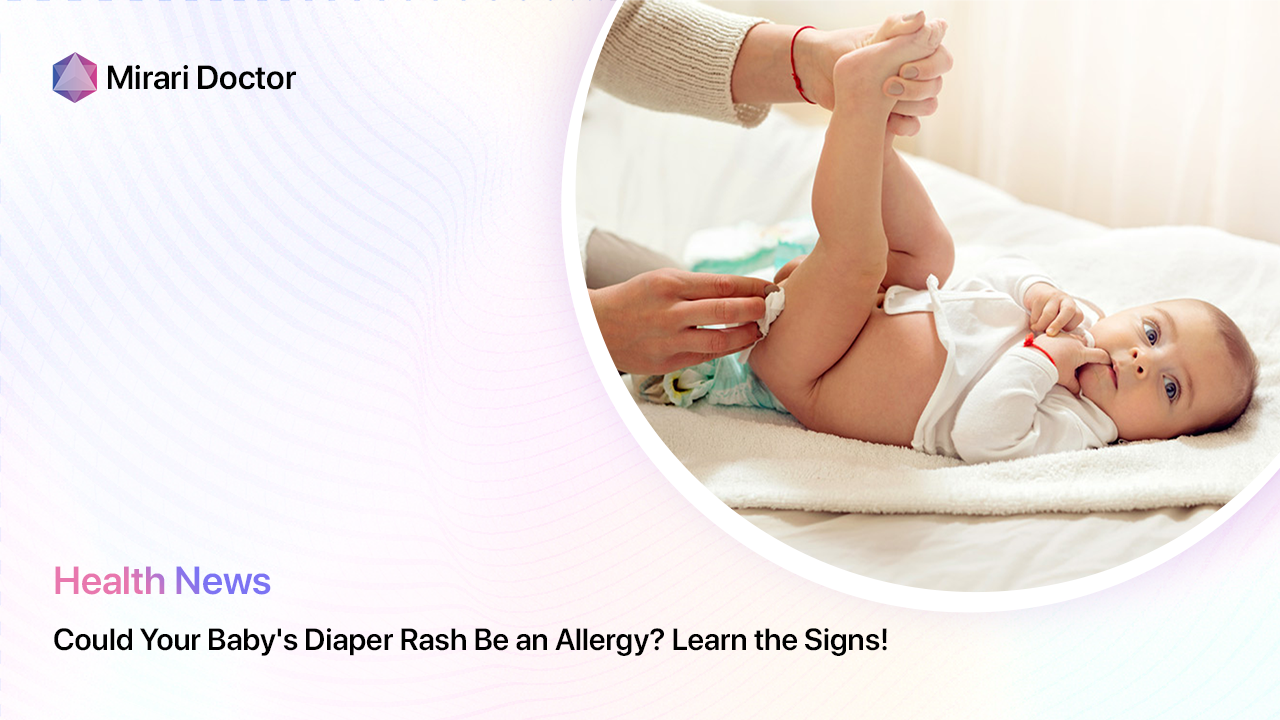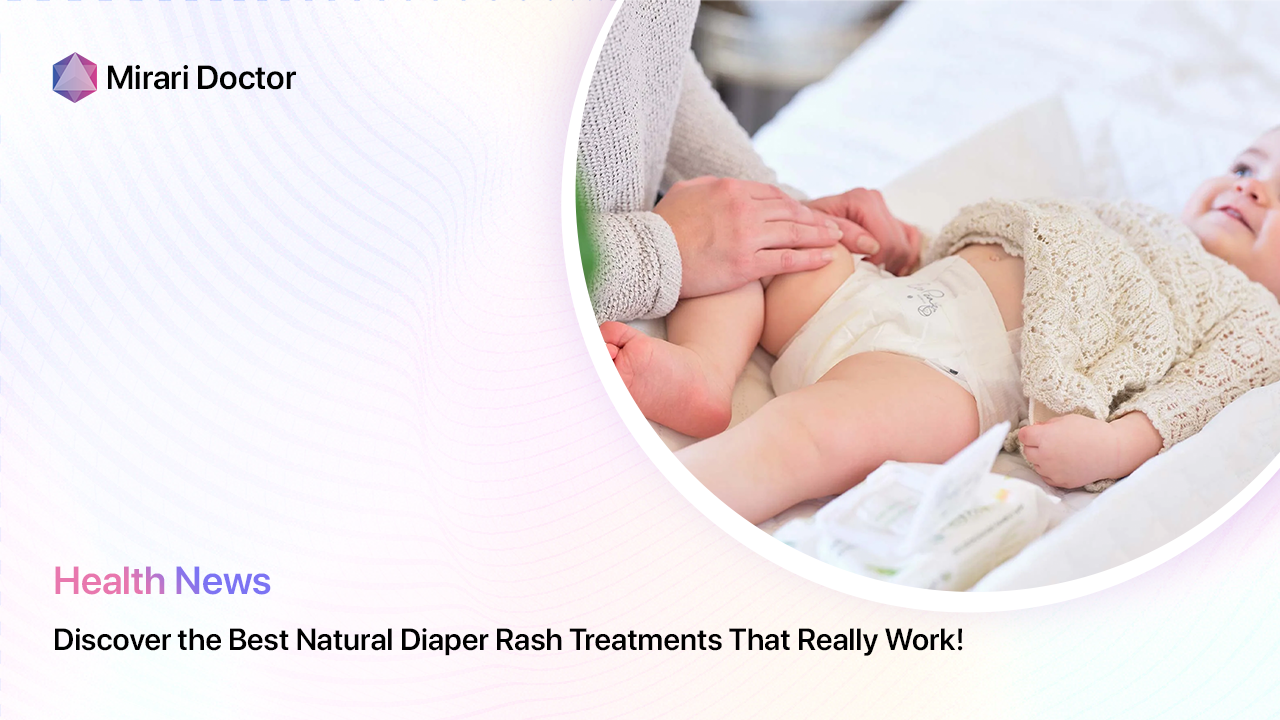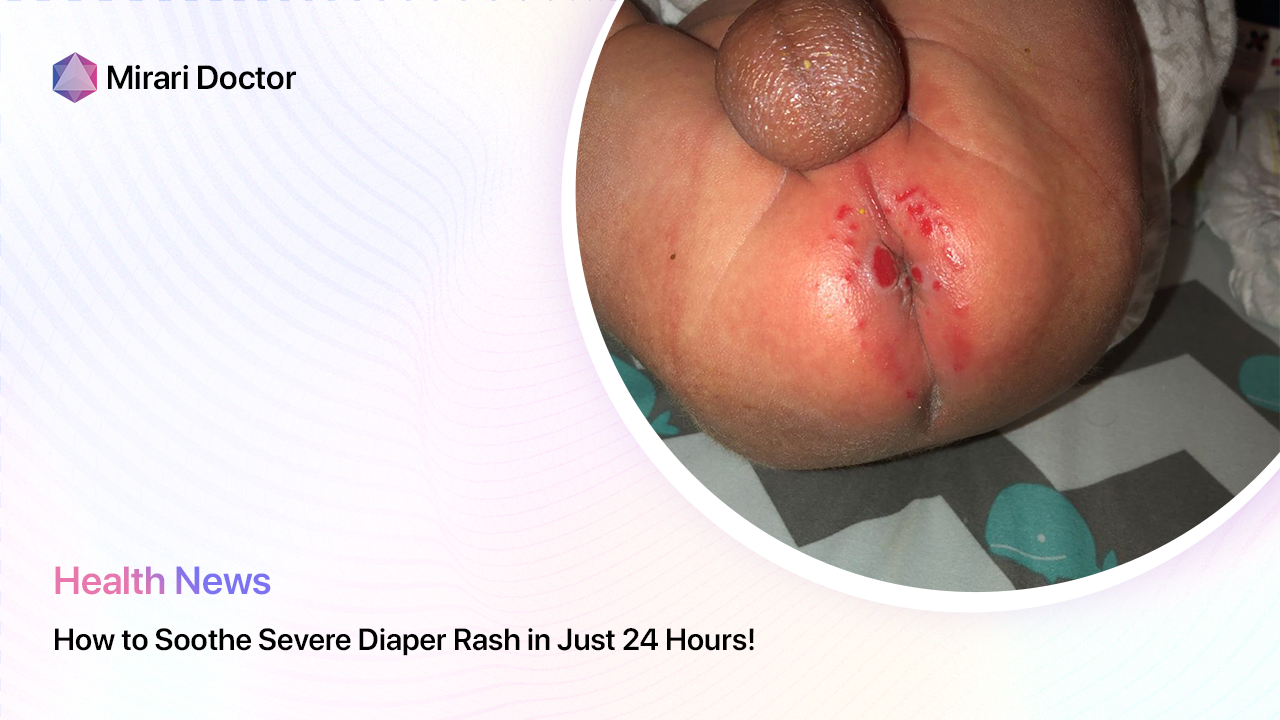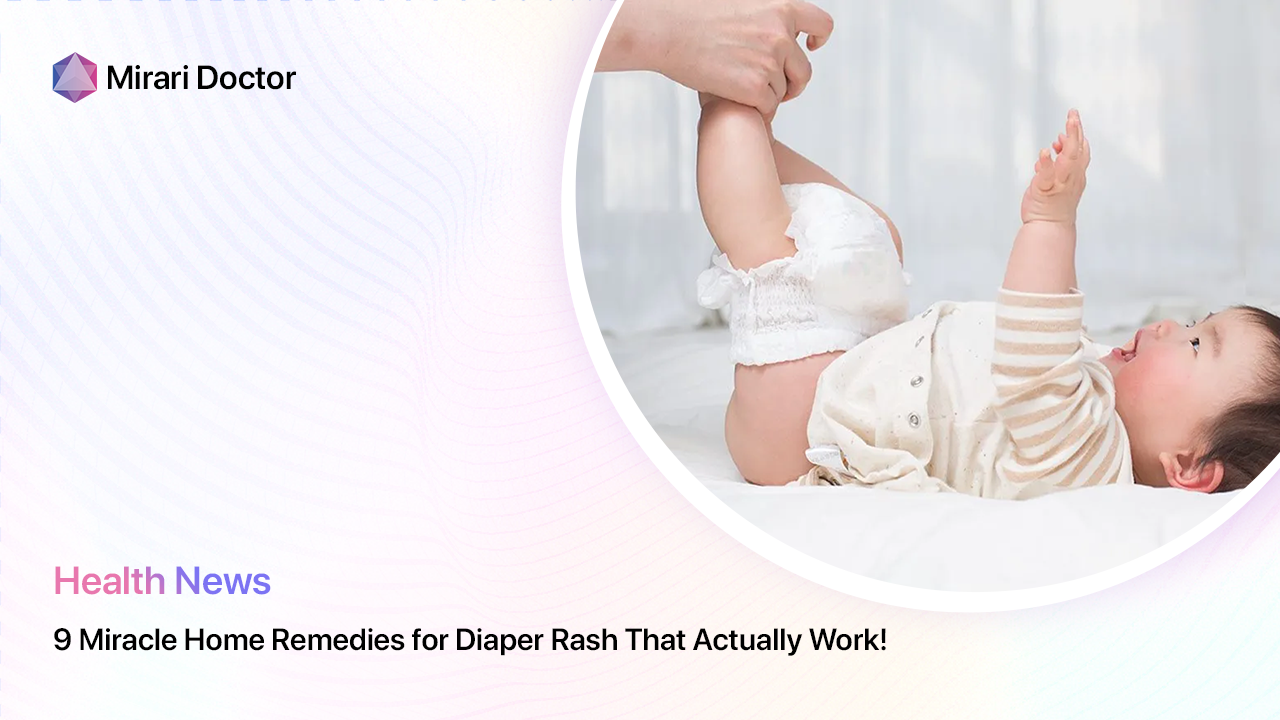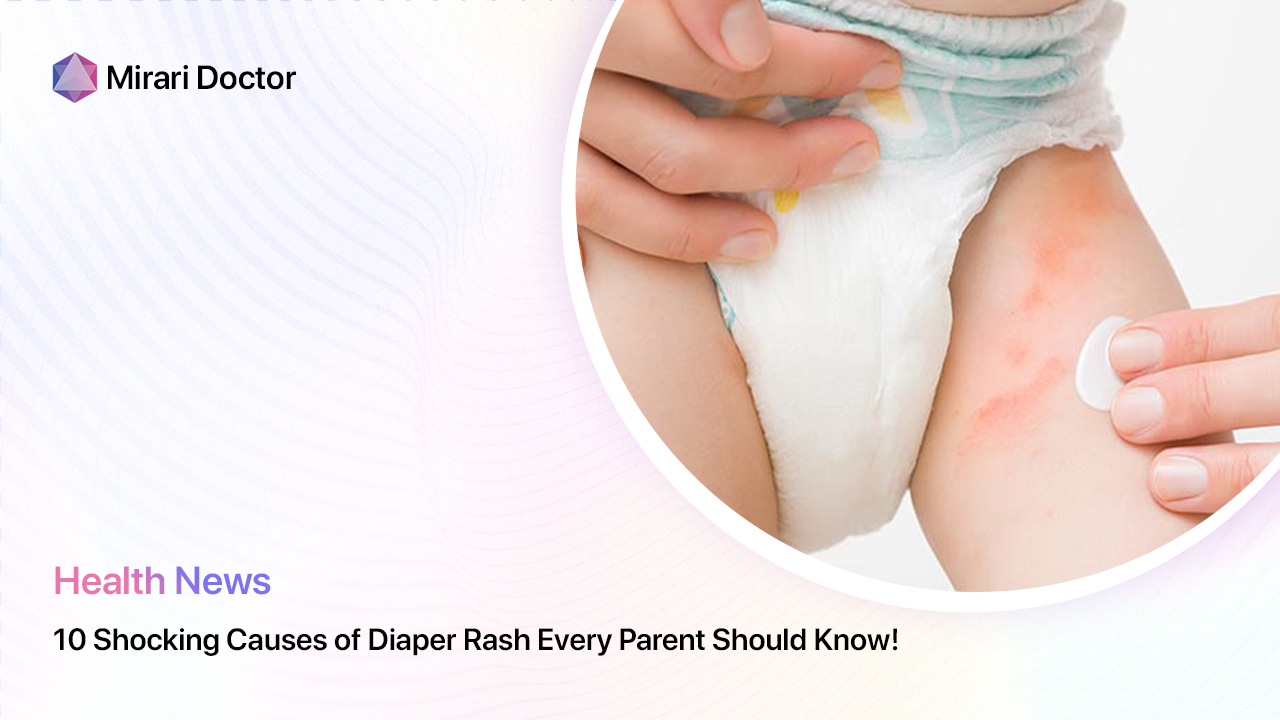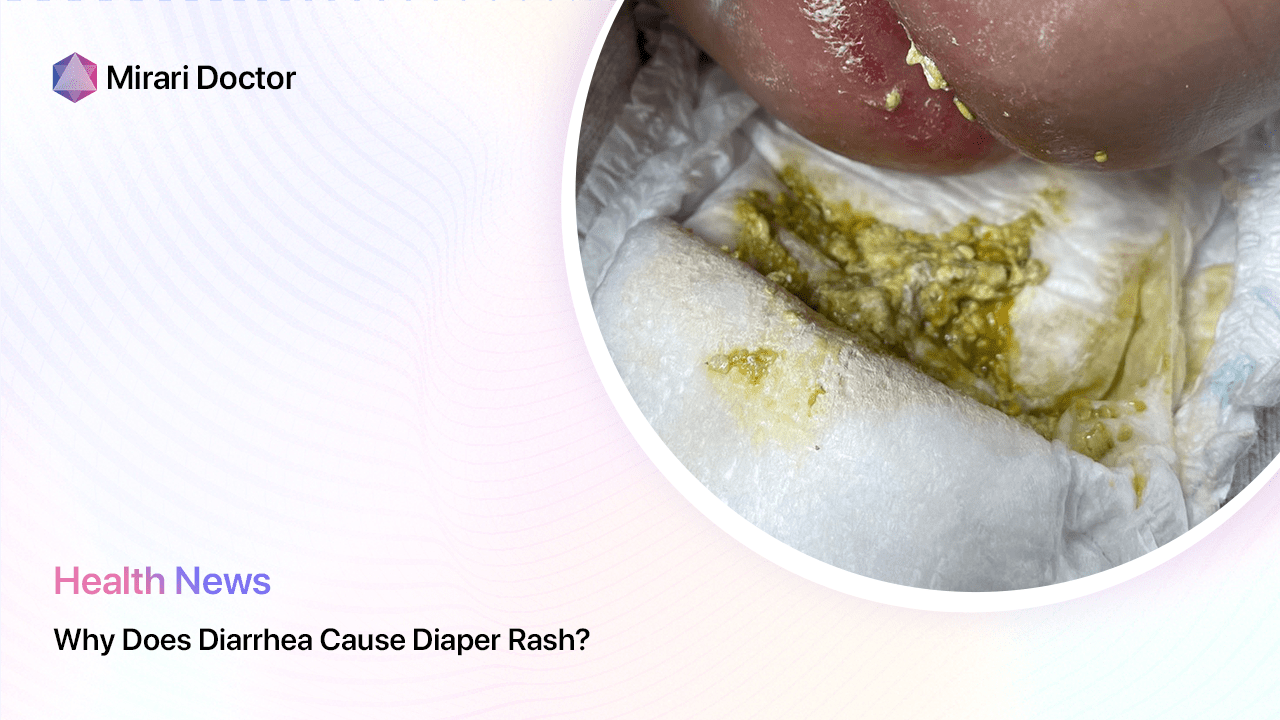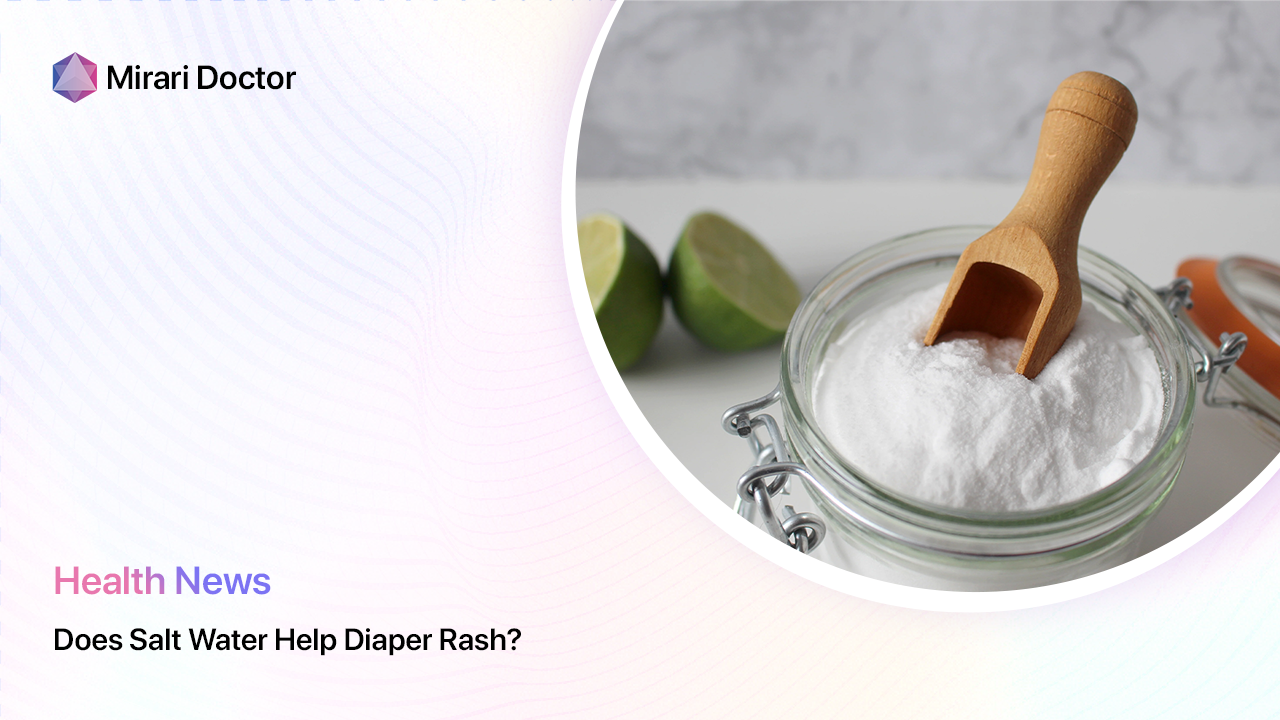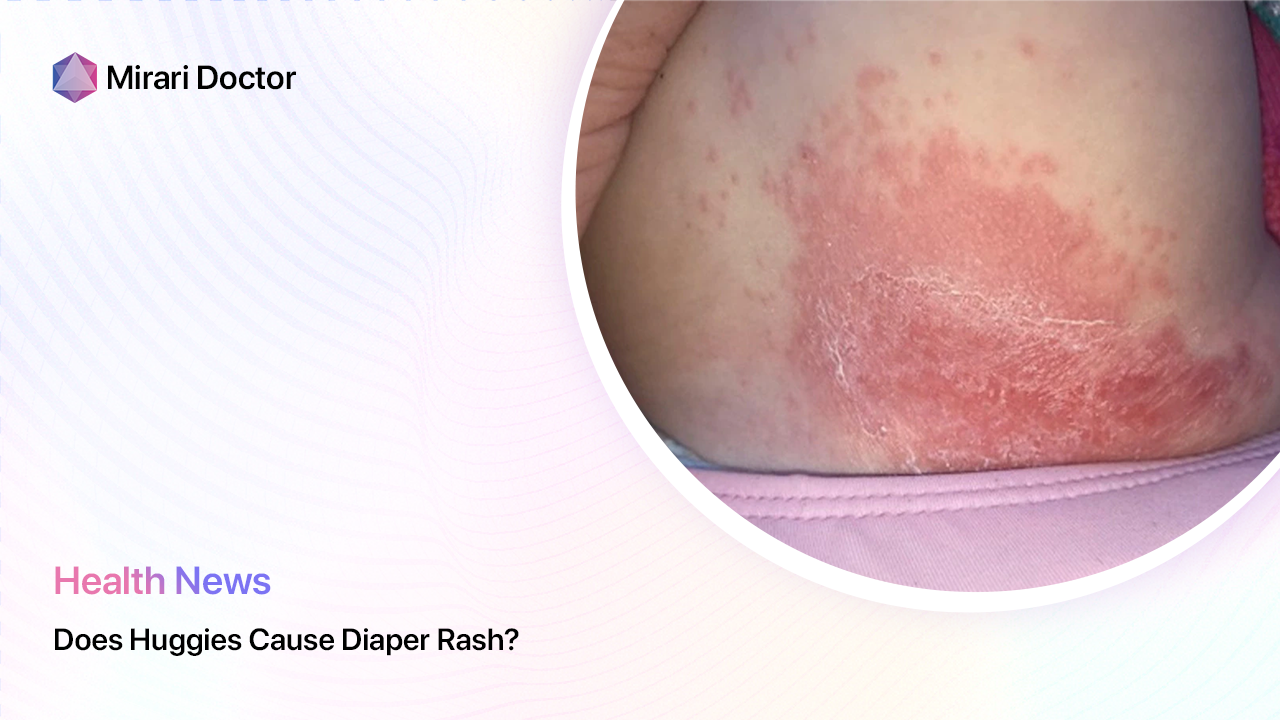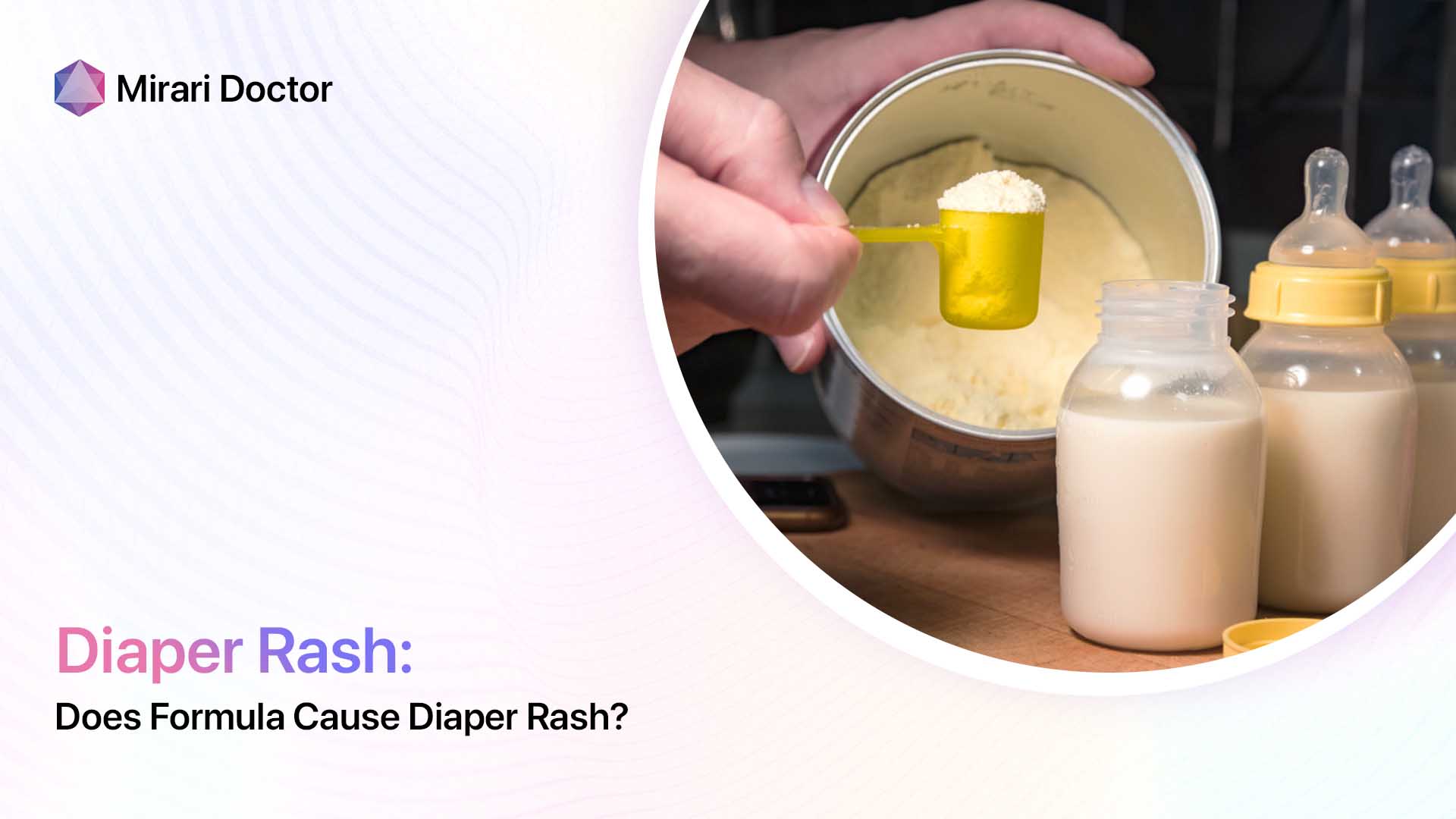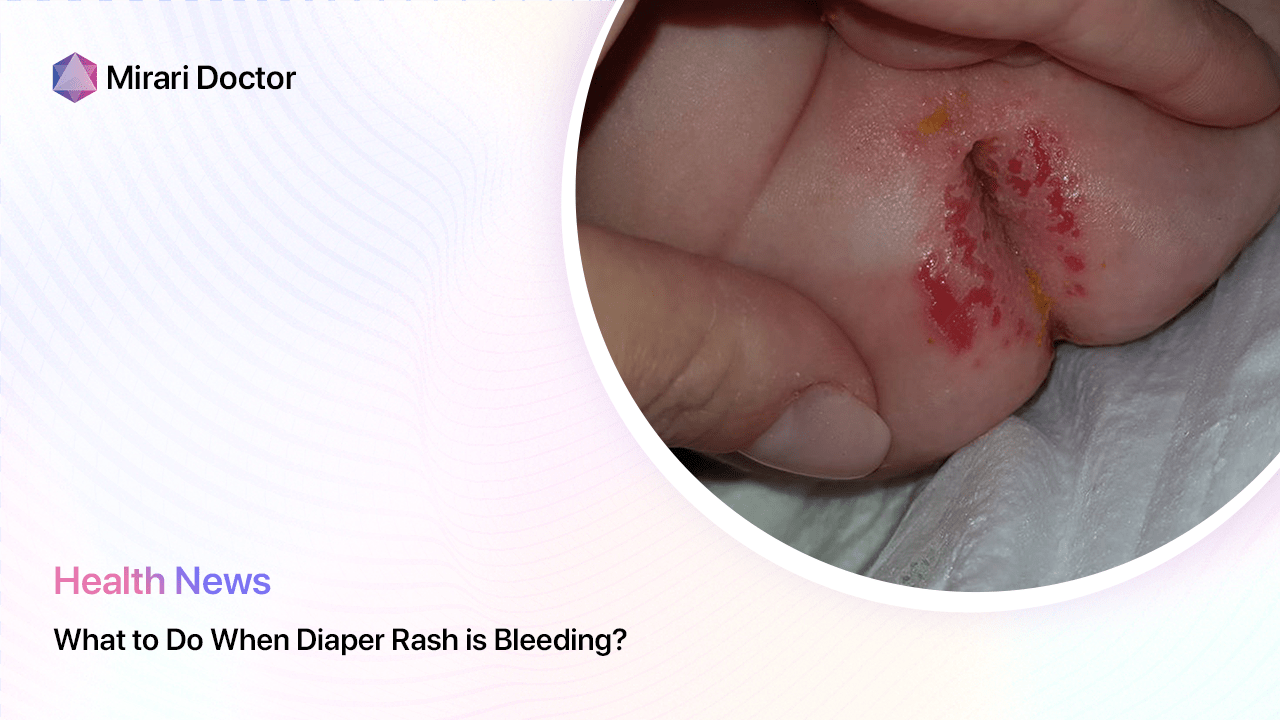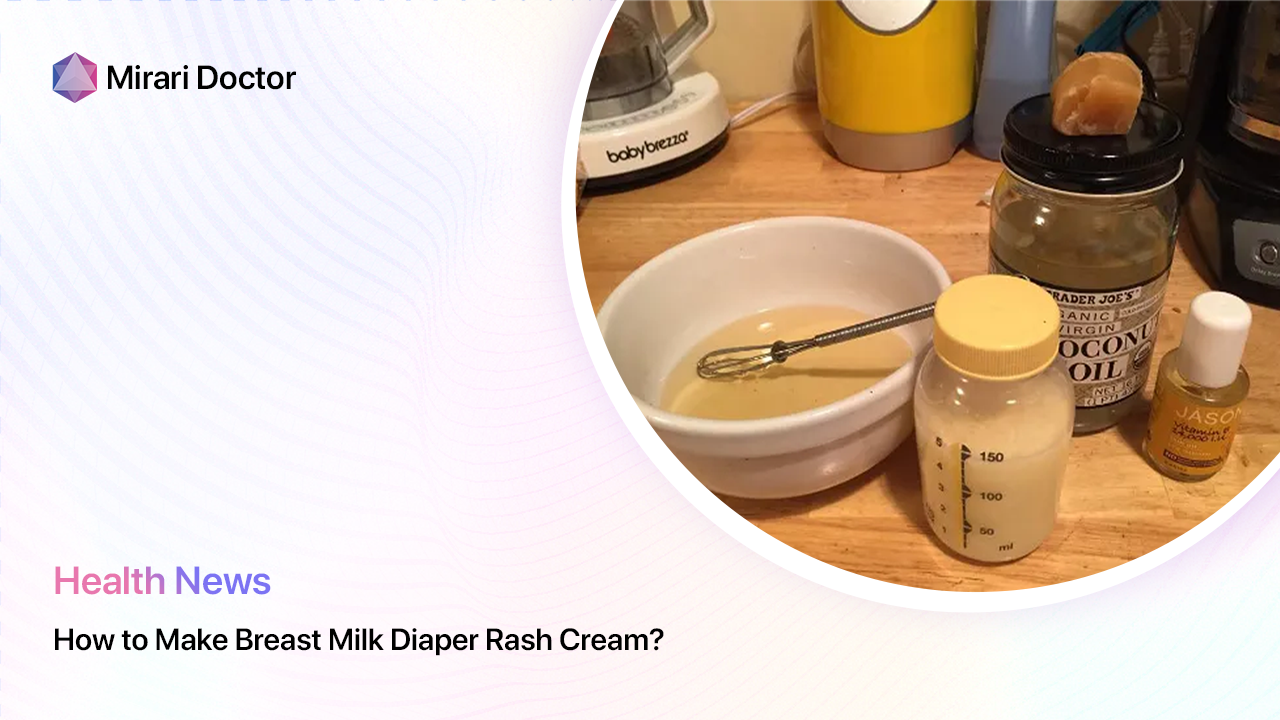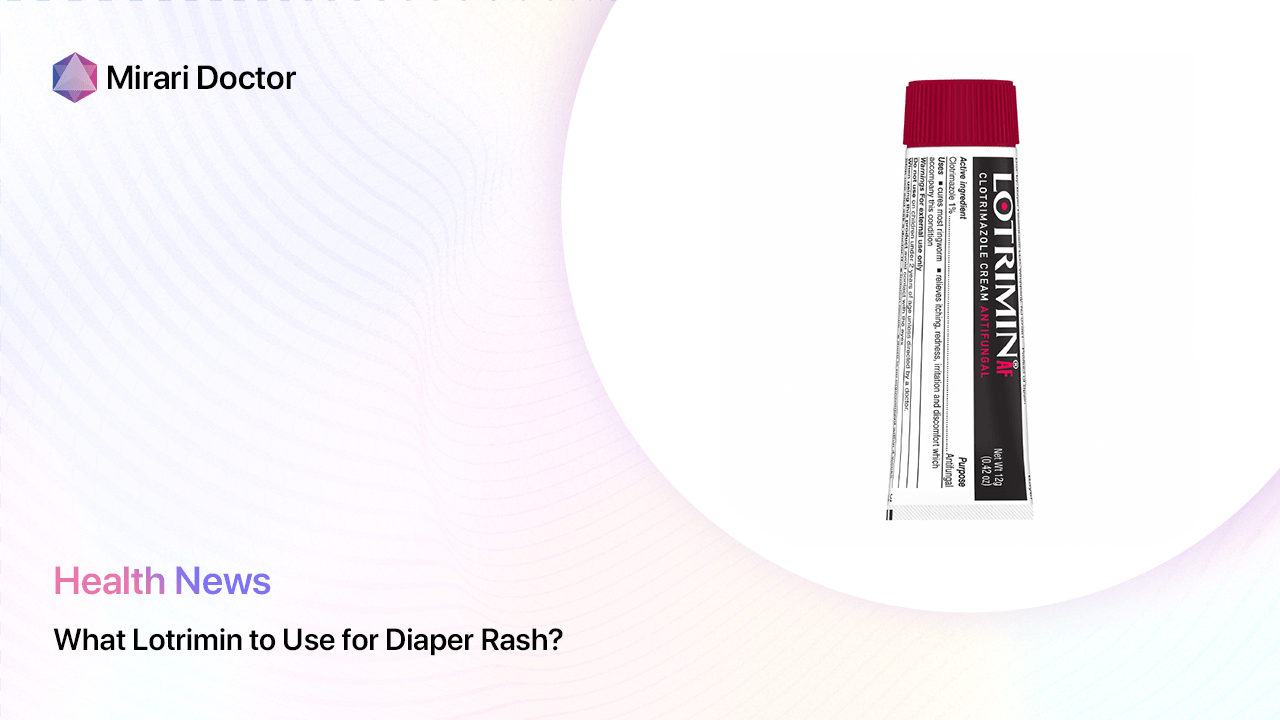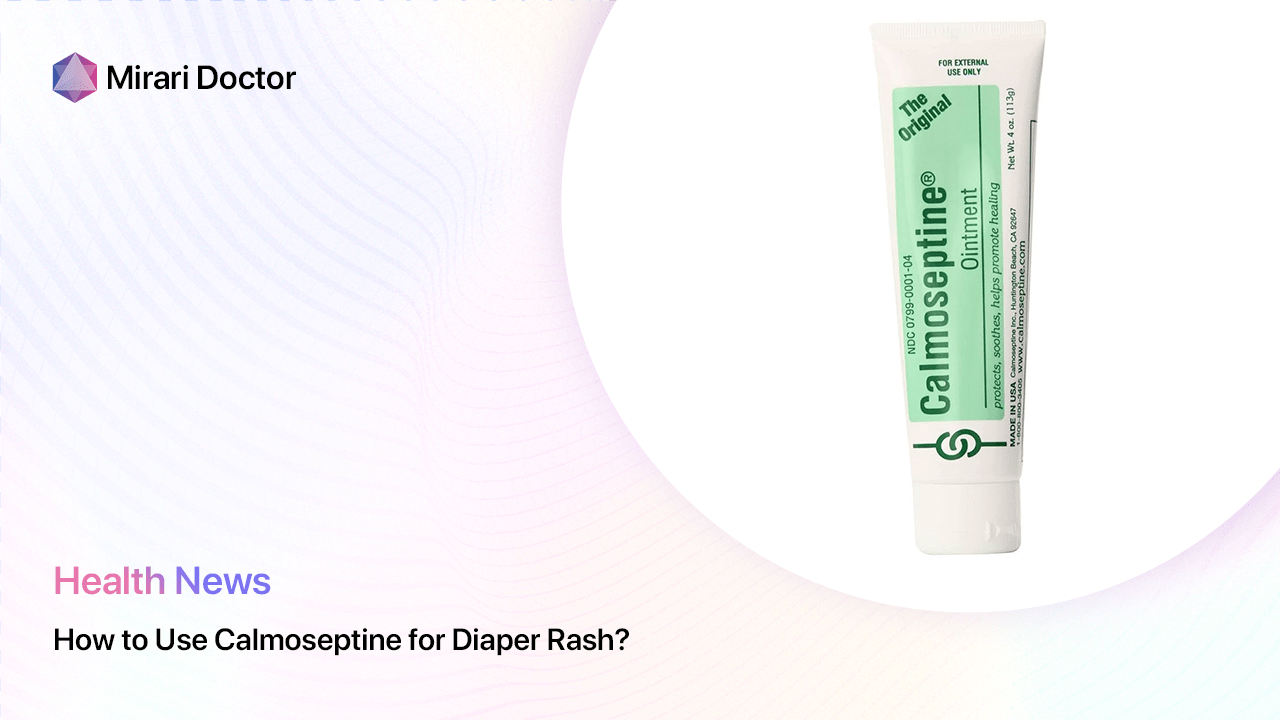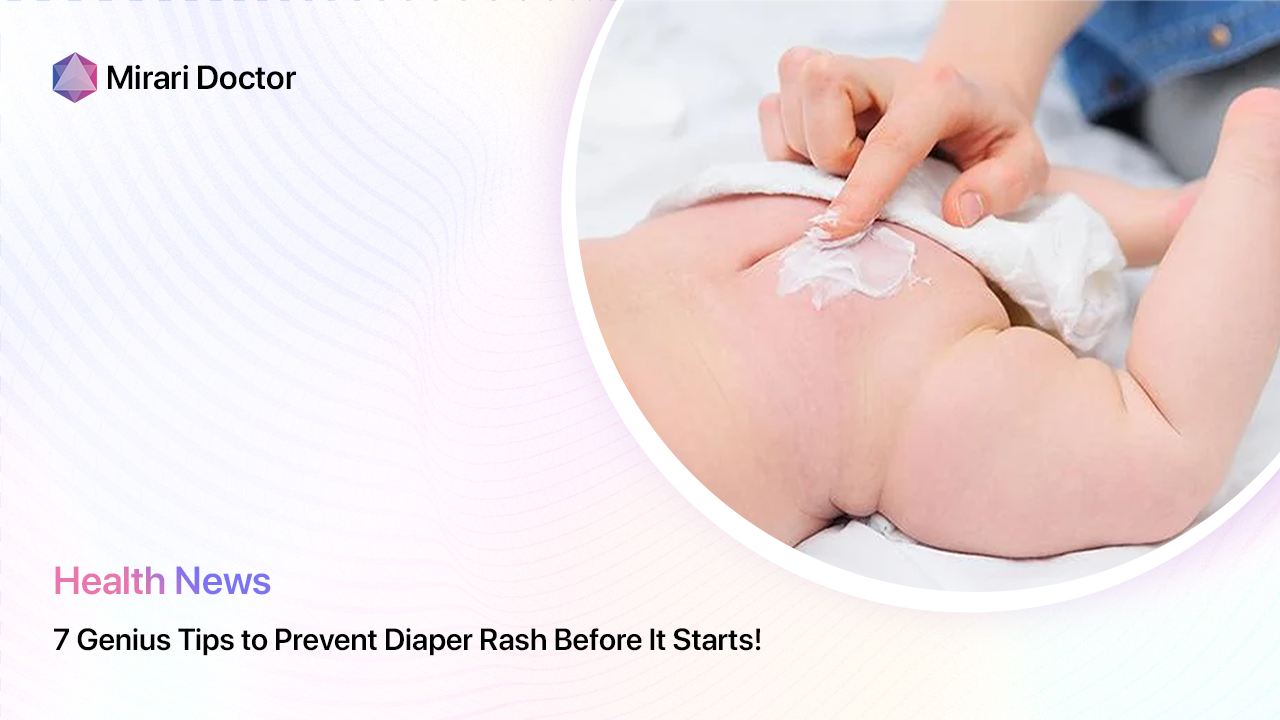
As a parent, you want to keep your baby happy, healthy, and comfortable. One of the most common challenges you may face is diaper rash, which can cause your little one discomfort and distress. While diaper rash treatment is important, prevention is always better than cure. In this article, we’ll share 7 genius tips to prevent diaper rash and keep your baby’s delicate skin healthy and rash-free. Whether you’re caring for a newborn or an older baby, these effective diaper rash prevention strategies will help you establish daily habits and routines that promote long-term prevention of diaper rash.
1. Frequent Diaper Changes: The Key to Prevention
One of the best ways to prevent diaper rash is to keep your baby’s diaper area clean and dry. This means changing diapers frequently, especially when they’re wet or soiled. Prolonged exposure to moisture, urine, and feces can irritate your baby’s delicate skin and lead to diaper rash.
How Often Should You Change Diapers?
The American Academy of Pediatrics (AAP) recommends changing your baby’s diaper every 2-3 hours during the day and once at night [1]. However, some babies may need more frequent changes, especially if they have sensitive skin or are prone to diaper rash. Always change your baby’s diaper as soon as possible after a bowel movement to minimize skin contact with stool.
Tips for Efficient Diaper Changes
To make diaper changes quick and effective, have all your supplies ready before you start. This includes a clean diaper, wipes, and any diaper rash cream or ointment you plan to use. When removing the soiled diaper, use gentle wiping techniques to avoid irritating your baby’s skin. If your baby has a diaper rash, consider using cotton balls or a soft cloth with warm water instead of wipes, which can sometimes contain harsh chemicals.
2. Gentle Cleansing: Protecting Delicate Skin
Proper cleansing is essential for diaper rash prevention. However, it’s important to be gentle when cleaning your baby’s diaper area to avoid further irritation. Here are some tips for gentle cleansing:
- Use warm water and a soft cloth or cotton balls to clean your baby’s skin. Avoid using wipes, especially those with alcohol or fragrances, which can be drying and irritating [2].
- If you do use wipes, choose gentle diaper wipes specifically designed for sensitive skin. Look for wipes that are fragrance-free, alcohol-free, and hypoallergenic.
- Pat your baby’s skin dry with a soft towel instead of rubbing, which can cause friction and irritation. Make sure to pay special attention to skin folds, where moisture can accumulate.
The Importance of Air Drying
After cleansing, allow your baby’s skin to air dry completely before putting on a new diaper. This helps prevent moisture from getting trapped against the skin, which can lead to diaper rash. If possible, give your baby some diaper-free time each day to let their skin breathe. Place a waterproof pad or towel underneath your baby and let them enjoy a few minutes of nudity.
3. Choosing the Right Diaper: Comfort and Absorbency
The type of diaper you use can play a significant role in diaper rash prevention. Whether you choose disposable or cloth diapers, there are a few key factors to consider:
Absorbency
Look for diapers with high absorbency to keep moisture away from your baby’s skin. Some diapers have special layers or materials that wick moisture away from the skin and into the diaper’s core. If you’re using cloth diapers, choose materials like hemp or bamboo, which are highly absorbent and gentle on the skin.
Fit
A diaper that’s too tight or too loose can cause friction and irritation, leading to diaper rash. Make sure to choose the right size diaper for your baby’s weight and adjust the fit as your baby grows. The diaper should be snug but not tight, and there should be no gaps around the legs or waist.
Hypoallergenic Materials
If your baby has sensitive skin or is prone to diaper rash, consider using hypoallergenic diapers. These diapers are free from harsh chemicals, fragrances, and dyes that can irritate the skin. Some brands also offer diapers specifically designed for sensitive skin, with extra-soft materials and moisture-wicking properties.
4. Barrier Creams: Creating a Protective Shield
Barrier creams are an essential tool in diaper rash prevention. These creams form a protective layer on your baby’s skin, preventing moisture and irritants from coming into direct contact with the skin. Here are some tips for using barrier creams effectively:
Types of Barrier Creams
There are several types of barrier creams available, including:
- Petroleum jelly: This classic ointment creates a thick, protective barrier on the skin. It’s affordable and widely available, making it a popular choice for diaper rash prevention.
- Zinc oxide: This ingredient is found in many diaper rash creams and provides a strong barrier against moisture and irritants. Look for creams with a high percentage of zinc oxide (at least 40%) for maximum protection.
- Natural balms: Some parents prefer to use natural diaper rash balms made with ingredients like shea butter, beeswax, and coconut oil. These balms can be gentle and effective, but be sure to choose a product specifically designed for diaper rash prevention.
Applying Barrier Creams
To use a barrier cream effectively, apply a thick layer to your baby’s clean, dry skin with each diaper change. Pay special attention to areas that are prone to irritation, such as the creases of the thighs and the genital area. If your baby already has a diaper rash, you may need to apply the cream more frequently until the rash heals.
5. Diaper-Free Time: Letting Skin Breathe
Giving your baby some diaper-free time each day is a simple but effective way to prevent diaper rash. When your baby’s skin is exposed to air, it can breathe and stay dry, reducing the risk of irritation and infection. Here are some tips for incorporating diaper-free time into your baby’s routine:
When to Give Diaper-Free Time
Try to give your baby at least 10-15 minutes of diaper-free time several times a day, such as after each diaper change or during tummy time. You can also let your baby sleep without a diaper for short periods, such as during naps or at night if they don’t typically have bowel movements during those times.
Creating a Safe Space
To make diaper-free time safe and mess-free, create a designated space for your baby to play and explore. Place a waterproof pad or towel on the floor and let your baby enjoy some naked time. Keep a close eye on your baby during diaper-free time to avoid accidents and to ensure they don’t get too cold.
6. Managing Diet and Digestive Health
What your baby eats and drinks can affect their digestive health and, in turn, their risk of developing diaper rash. Here are some tips for managing your baby’s diet to prevent diaper rash:
Breastfeeding and Formula
If you’re breastfeeding, your baby’s stool will typically be soft and less likely to cause irritation. However, some babies may develop diaper rash if they’re sensitive to something in their mother’s diet. If you suspect a food sensitivity, talk to your pediatrician about eliminating certain foods from your diet to see if it helps.
If you’re using formula, choose a high-quality, hypoallergenic formula if your baby has sensitive skin or is prone to diaper rash. Some babies may be sensitive to certain ingredients in regular formula, such as cow’s milk protein or soy.
Introducing Solid Foods
As you introduce solid foods to your baby’s diet, their stool will become firmer and more frequent, which can increase the risk of diaper rash. To minimize irritation, introduce new foods slowly and one at a time, watching for any signs of sensitivity or allergic reaction. Some acidic foods, such as citrus fruits and tomatoes, can also cause irritation when they come into contact with your baby’s skin.
Managing Diarrhea
Diarrhea can be a major contributor to diaper rash, as the frequent, watery stools can irritate your baby’s skin. If your baby has diarrhea, be sure to change their diaper frequently and apply a thick layer of barrier cream to protect their skin. If the diarrhea persists for more than a day or two, or if your baby shows signs of dehydration, contact your pediatrician.
7. When to See a Doctor
While most cases of diaper rash can be managed at home with proper prevention and treatment, there are times when it’s important to seek medical attention. Contact your pediatrician if:
- The rash is severe, with blisters, bleeding, or open sores
- The rash spreads beyond the diaper area
- Your baby has a fever or seems unwell
- The rash doesn’t improve after a few days of home treatment
- You suspect a yeast or bacterial infection
Your pediatrician can assess the rash and recommend appropriate treatment, which may include prescription creams or oral medications.
FAQs
Can I use cornstarch or baby powder to prevent diaper rash?
While some people believe that cornstarch or baby powder can help keep the diaper area dry and prevent diaper rash, the American Academy of Pediatrics (AAP) does not recommend using these products. Inhaled powder can irritate your baby’s lungs, and cornstarch can actually make a yeast-based diaper rash worse.
Should I use a hair dryer to dry my baby’s skin after a diaper change?
No, using a hair dryer to dry your baby’s skin is not recommended. The hot air can be too harsh and drying for your baby’s delicate skin. Instead, gently pat your baby’s skin dry with a soft towel or allow it to air dry naturally.
Can I use essential oils to prevent or treat diaper rash?
While some essential oils, such as tea tree oil and lavender oil, have antimicrobial properties that could theoretically help with diaper rash, the AAP does not recommend using them on babies. Essential oils can be irritating to sensitive skin and may cause allergic reactions. Stick to using products specifically designed for diaper rash prevention and treatment.
How often should I bathe my baby to prevent diaper rash?
Bathing your baby too frequently can actually dry out their skin and increase the risk of diaper rash. The AAP recommends bathing your baby three times a week or less, unless they have a messy diaper or get dirty. When you do bathe your baby, use a mild, fragrance-free soap and moisturize their skin afterward.
Can cloth diapers help prevent diaper rash?
Cloth diapers can be a good option for babies with sensitive skin or those prone to diaper rash, as they allow the skin to breathe more than disposable diapers. However, it’s important to change cloth diapers frequently and wash them properly to prevent irritation and infection. Use a mild, fragrance-free detergent and rinse the diapers thoroughly to remove any soap residue.
Conclusion
Preventing diaper rash is an important part of keeping your baby healthy and comfortable. By following these 7 genius tips, you can establish daily habits and routines that promote long-term prevention of diaper rash. Remember to change diapers frequently, use gentle cleansing techniques, choose the right diaper and products, apply barrier creams, give your baby diaper-free time, manage their diet and digestive health, and seek medical attention when necessary.
Every baby is different, and what works for one may not work for another. Be patient and persistent in finding the diaper rash prevention strategies that work best for your little one. If you have any concerns or questions, don’t hesitate to reach out to your pediatrician for guidance and support.
By taking a proactive approach to diaper rash prevention, you can help keep your baby’s delicate skin healthy and rash-free, ensuring that they stay happy, comfortable, and ready to explore the world around them.
References
- American Academy of Pediatrics. (2021). Diaper Rash. Retrieved from https://www.healthychildren.org/English/ages-stages/baby/diapers-clothing/Pages/Diaper-Rash.aspx
- Merrill, L. (2015). Prevention, Treatment and Parent Education for Diaper Dermatitis. Nursing for Women’s Health, 19(4), 324-337. https://doi.org/10.1111/1751-486X.12218
Related articles
Made in USA


